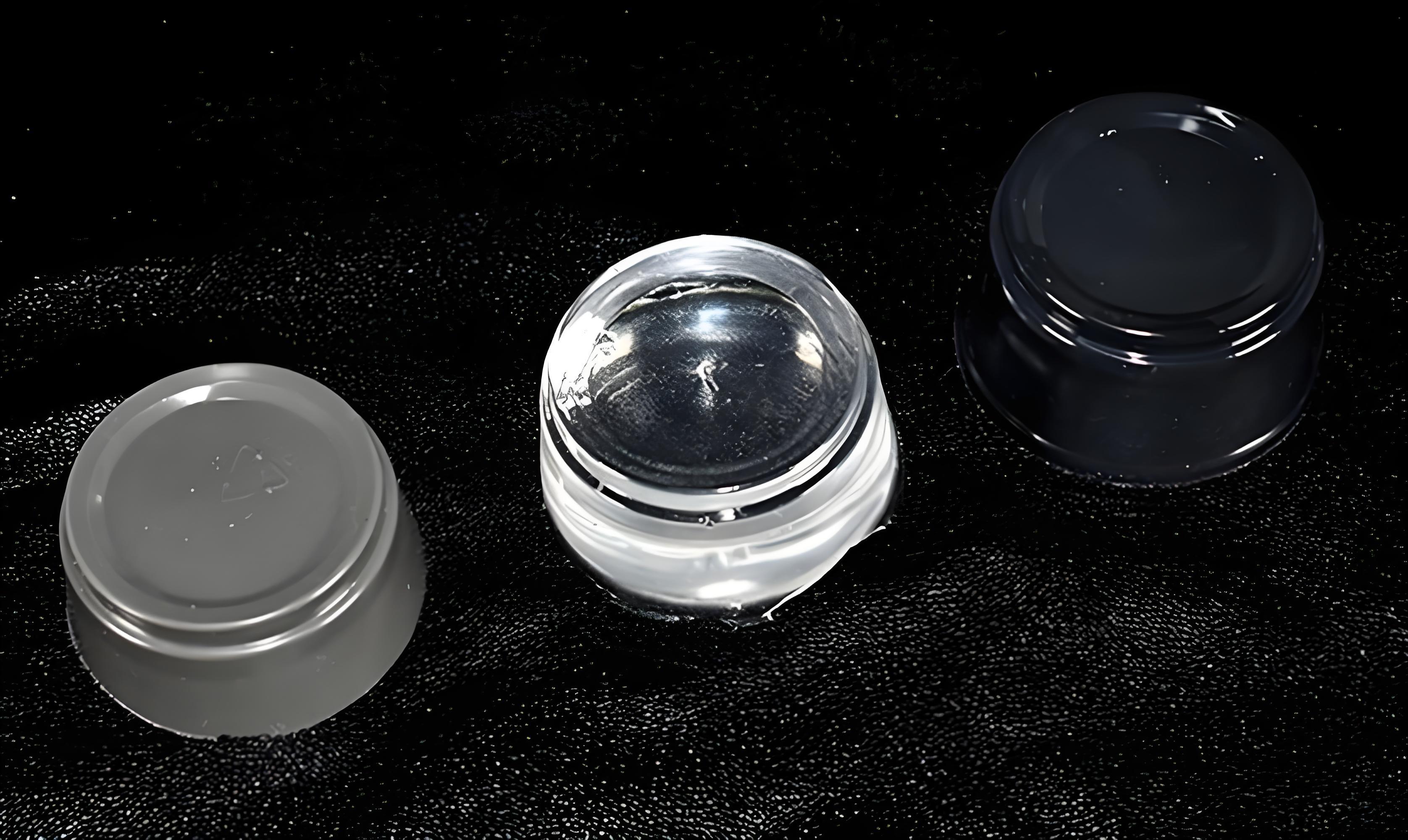Guide to Using Silicone Potting Adhesive
Organic silicone electronic potting glue is a liquid silicone compound composed of two components, A and B, which is widely used in the potting of electronic products. When components A and B are mixed in a certain ratio, they can cure. Shanghai Hinnel New Material Technology Co., Ltd. introduces the correct usage method of two-component organic silicone potting glue. Let's take a look!
Shanghai Hinnel
2024/11/11

Ⅰ. Introduction to two-component silicone potting adhesive:
1. The two-component silicone potting adhesive is a potting material that is mixed and used at room temperature or cured with heat. Its main functions are sealing, waterproofing, and thermal conductivity.
2. According to different curing methods, it can be divided into addition-type and condensation-type. The typical mixing ratio for addition-type potting adhesive is 1:1 for components A and B, where component A is black and component B is white, resulting in a gray and black mixture.
3. Silicone gel also belongs to the addition-type two-component silicone potting adhesive, generally without fillers, and is transparent after curing (it can also be blue or other colors as needed).
4. The typical mixing ratio for condensation-type potting adhesive is 10:1 or 5:1. Component A can be transparent, black, or white, while component B is transparent.
Ⅱ. Main characteristics of two-component silicone potting adhesive:
1. The addition-type silicone potting adhesive is completely non-toxic, has excellent operability, and is very convenient to use. It has good bubble release properties and can achieve good thermal conductivity as needed. After curing, it has low stress and is very easy to repair and clean. It has excellent weather resistance and a very wide temperature range of -40 to 250°C, but its adhesion is poor.
2. The condensation-type silicone potting adhesive cures at room temperature relying on moisture, and after curing, it has a certain adhesion effect. It is mainly used for potting products that require high waterproofing but do not have high thermal conductivity requirements.
Ⅲ. Market applications:
1. Addition-type potting adhesive is mainly used in situations requiring waterproof sealing and thermal dissipation, such as drive power supplies, control modules, reactors, transformers, inverters, optimizers, heating coils, etc.
2. Silicone gel is mainly used in products with very high purity, such as IGBT, thyristors, pressure sensors, automotive electronic modules/sensors/wiring harnesses, smart water meters, waterproof electrical junction boxes, filters, rain and light sensors, camera systems, optical sensors, etc.
3. Condensation-type silicone potting adhesive is mainly used in LED lighting, solar energy, etc.
Ⅳ. Usage method:
1. Application: Use manual or automatic equipment to evenly mix components A and B in proportion (weight ratio). If mixing by hand, be sure to stir the edges and bottom of the container thoroughly. In cases sensitive to gas inclusion, vacuum degassing treatment is required. Place the sealing part with the potting opening facing up horizontally, pour in the potting adhesive, and let it self-level.
2. Curing: Addition-type potting adhesive cures quickly at room temperature or with heating; the higher the temperature, the faster the curing. Condensation-type potting adhesive cures at room temperature and should not be heated.
Ⅴ. Precautions:
1. Addition-type potting adhesive with fillers may produce sediment if left for too long. It is recommended to stir components A and B evenly before use, and to seal and store properly after taking.
2. When stirring, be careful to stir in the same direction; otherwise, too many bubbles may be introduced. The adhesive on the edges and bottom of the container should also be stirred evenly, or local non-curing may occur due to uneven mixing.
3. Pouring the product and then vacuuming to remove bubbles can improve the overall performance of the cured product.
4. If the temperature of the addition-type potting adhesive is too low, it may slow down the curing speed; heating is recommended.
5. Addition-type potting adhesive will have difficulty curing or will not cure at all if it comes into contact with materials containing tin, sulfur, amines, etc. Common substances include rosin and natural rubber, which should be tested before use.
The above content is an introduction by Shanghai Hinnel regarding the fundamental reasons for bubble formation in silicone potting adhesive products and their solutions. For more information about the performance of silicone products and related news, please feel free to contact us for detailed inquiries.
Note: Some content is sourced from the internet; please contact us for removal if there is any infringement.
> Recommend reading
How to choose potting compound for the critical parts of electromagnetic flowmeters?
Shanghai Hinnel
2025/10/21










